
Stunning Songbirds Return for Spring (Photos)
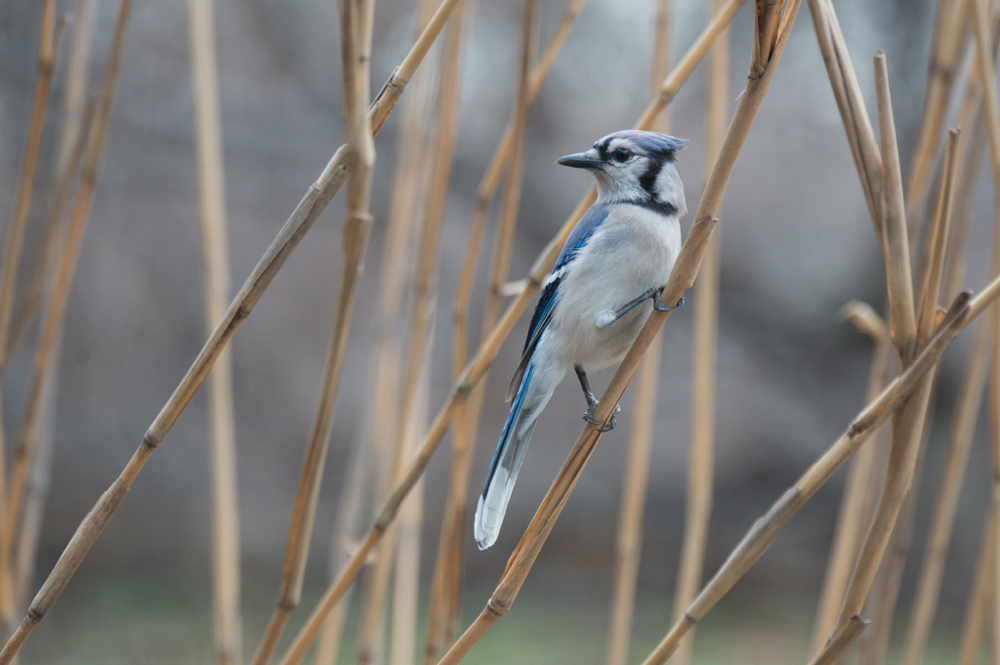
The Wildlife Conservation Society (WCS) contributed these images to Live Science's Expert Voices: Op-Ed & Insights.
Spring brings the return of songbirds across the United States, many having migrated from great distances. However, with the changing climate, weather patterns are shifting and causing birds to change their behaviors. Read more in the essay "Songbirds Emerge for Spring, But Is the Timing Off?" by the University of Maryland's Naomi Eide, and see a gallery of American songbirds below courtesy of Julie Maher at the WCS photo blog, Wild View. The blog is celebrating birds with a bird photo contest, and for those local to New York, you can snap those shots with WCS on May 9 at its annual Birdathon at the Bronx Zoo. (Images credit: Julie Larsen Maher ©WCS.)
In a winter wonderland
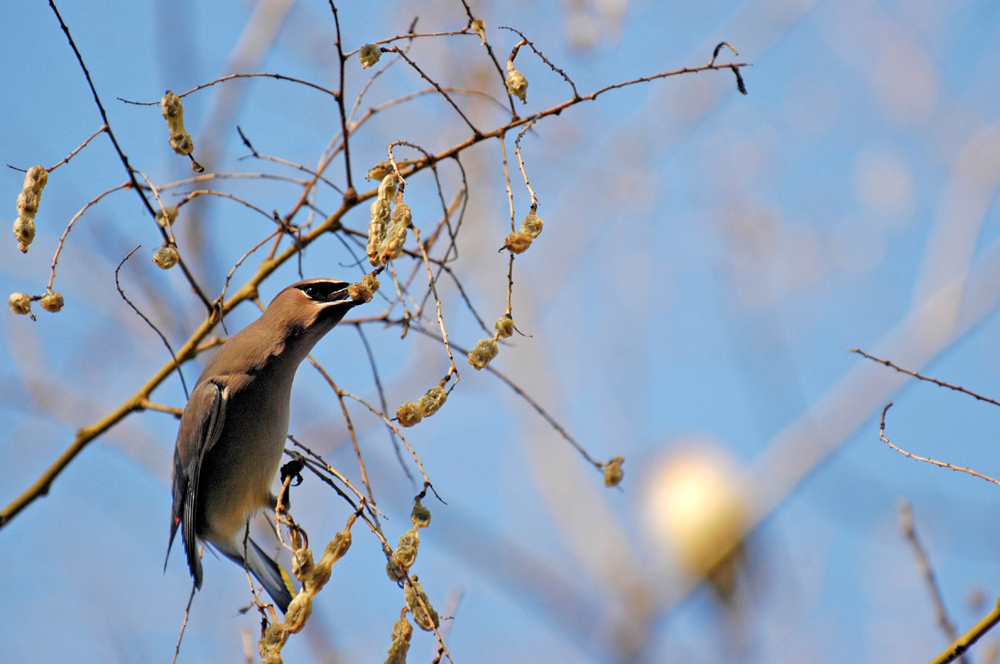
Cedar waxwings can be seen year round in the northeastern United States. They are social birds that can pluck and eat berries whole. Pigment from the fruit helps produce the birds' red wingtips. Cedar waxwings' black masks and high whistles distinguish them in their woodland home.
A talkative group
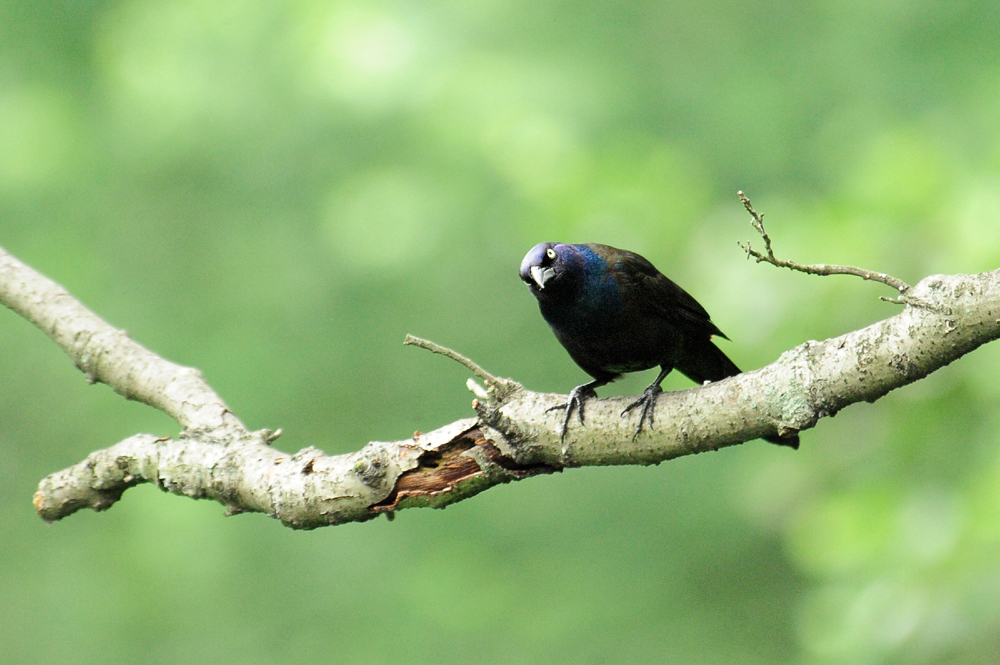
Common grackles are long-legged blackbirds. They congregate in large flocks, regrettably referred to as a "plague," to forage and chatter year round in more than half the United States, ranging from the Midwest to the Northeast.
Peak-a-boo
Sign up for the Live Science daily newsletter now
Get the world’s most fascinating discoveries delivered straight to your inbox.
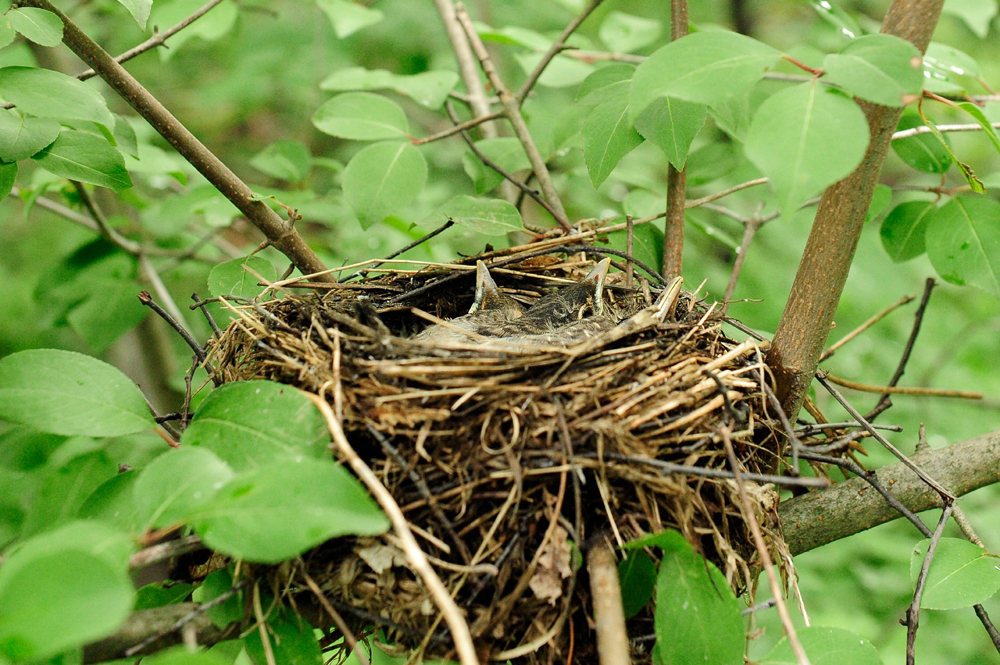
American robin chicks poke their heads up from their nest, deftly camouflaged within their surroundings.
Happy day
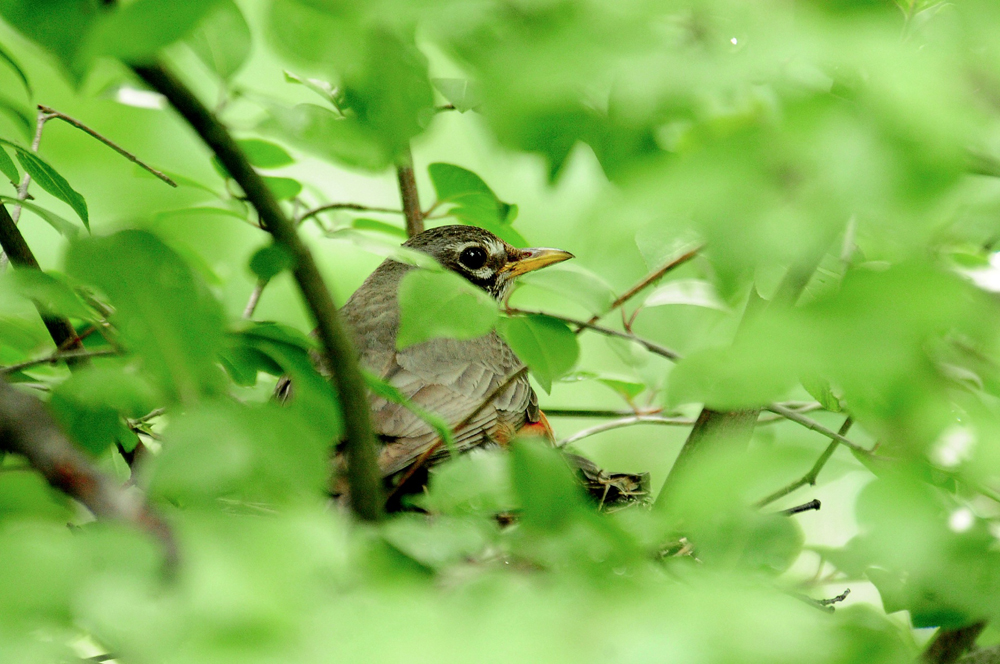
American robins with their reddish breasts rear chicks that hatch from blue eggs in nests tucked among tree branches, gutters and corners of homes. They are common across the North American continent, and sing a cheery, repeating whistle. Robins typically produce three broods a year.
At attention

Blue jays are easily heard in backyards from the mid-United States and west with their whistles that sometimes sound like a hawk. They love a good acorn and are found near the oak trees that bear them at the forest edge. Their blue crests stand at attention, unless they are feeding.
Talented noise makers

Gray catbirds sing a long song of whistles and tones with some sounding like a cat — and sometimes a frog. They love the east coast of the United States, year round, where they build nests deep inside bushes and shrubs.
Taking a rest

White-breasted nuthatches are small birds that sometimes forage in mixed species flocks, particularly in the winter. The male sings loud songs in late winter and spring and stays with the same female as a pair. Nuthatches will reuse their nest sites from year-to-year throughout their range in North America.
Misunderstood
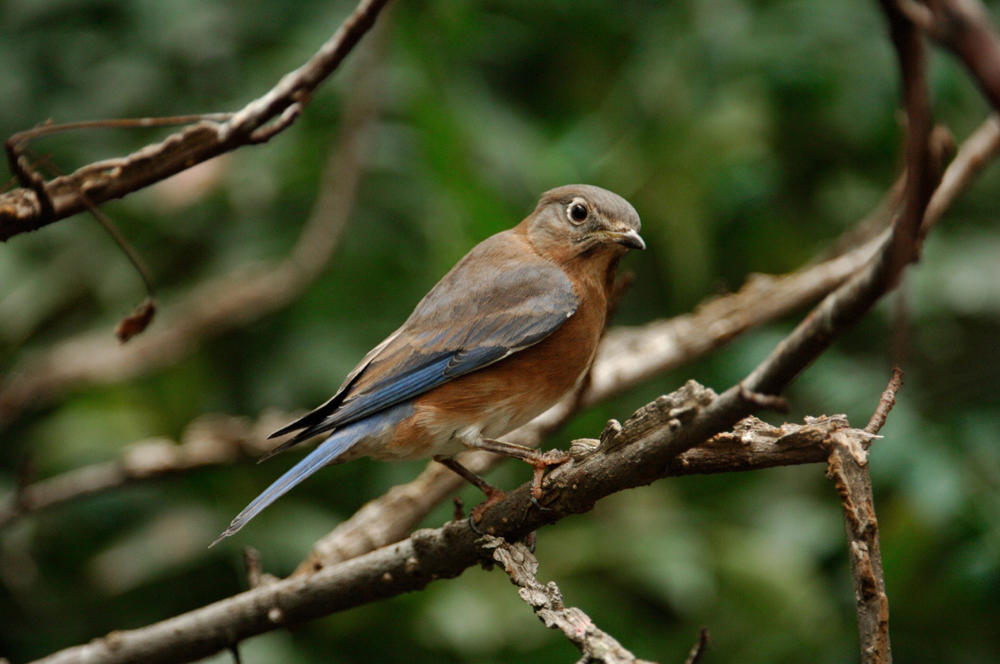
Eastern bluebirds frequent meadows, nesting in cavities of fence posts and surrounding trees. These familiar blue and rust colored birds chase insects for food on open fields. Male bluebirds are vivid blue above with rusty orange breast and flanks. Females are grayer above and slightly duller orange beneath. While male bluebirds collect nesting material and bring it to the nest site, it is the female that actually performs the construction.
These captions were written with the assistance of David Oehler, curator of ornithology at the Bronx Zoo.
Follow all of the Expert Voices issues and debates — and become part of the discussion — on Facebook, Twitter and Google+. The views expressed are those of the author and do not necessarily reflect the views of the publisher. This version of the article was originally published on Live Science.









